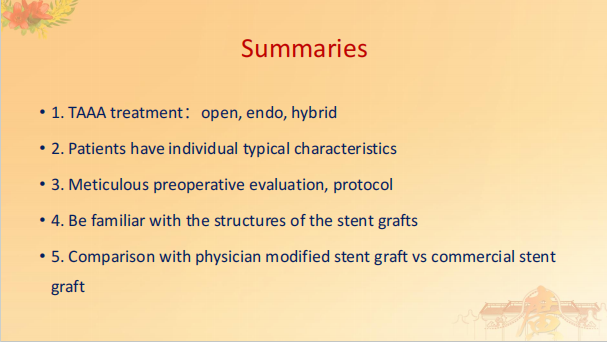On December 4, 2024, Vasco Knight@ASVS 2024 was held as scheduled at the Athenee, a Luxury Collection Hotel, Bangkok, Thailand. With the theme of "Innovation and Future", the conference brought together top experts in the field of vascular surgery from around the world, focusing on the latest treatment technologies of the aorta and abdominal aorta, the future development trend of China's medical technology, and related practical operations and innovative research and development.
The treatment of complex thoracoabdominal aortic aneurysms (TAAAAs) is a challenging undertaking involving open surgery, endovascular repair, and the choice of hybrid surgical strategies. In recent years, with the application of individualized stent graft technology and doctor-modified stents, the treatment of TAAA has been significantly optimized. Based on the single-center experience, this article discusses the main technical progress, case analysis and future directions of TAAA treatment, so as to provide reference for clinical practice.
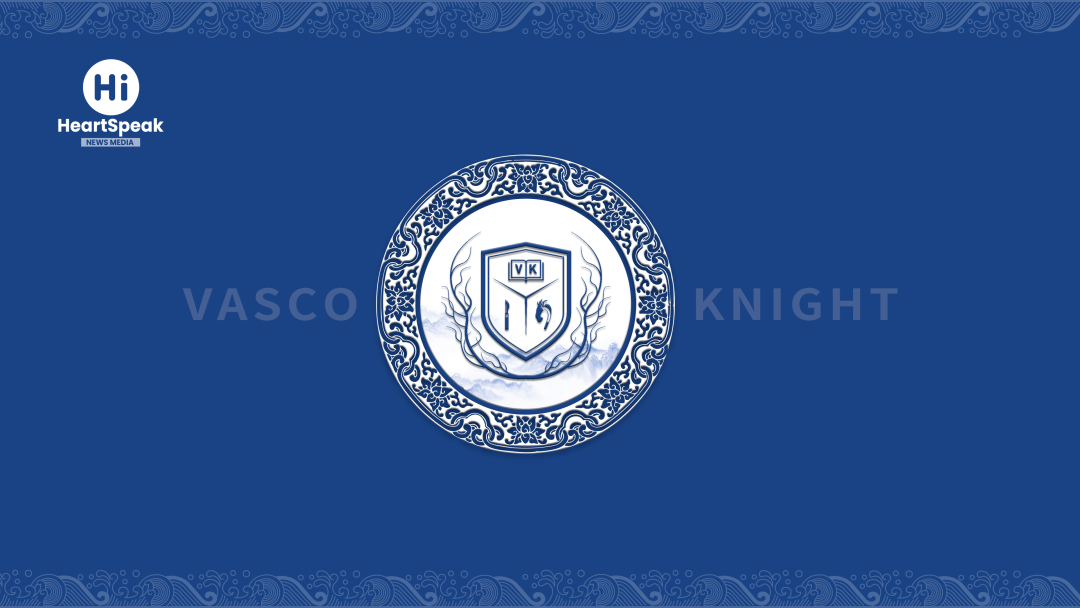
Introduction
Thoracoabdominal aortic aneurysm (TAAA) has always been a difficult treatment in the field of vascular surgery due to its high rupture rate and complex anatomy. With the advancement of endovascular repair technology, especially the emergence of doctor-modified stents, treatment options have gradually diversified. However, the anatomical and pathological characteristics of different patients determine the individualized needs of treatment. Therefore, accurate assessment and optimization of treatment options is the key to improving prognosis and reducing complications.
Materials and methods
The study participants were patients who had received TAAA therapy within the past five years in a single center and included the following three treatment strategies:
1.Open surgery: suitable for patients with complex anatomical structures but good physical conditions.
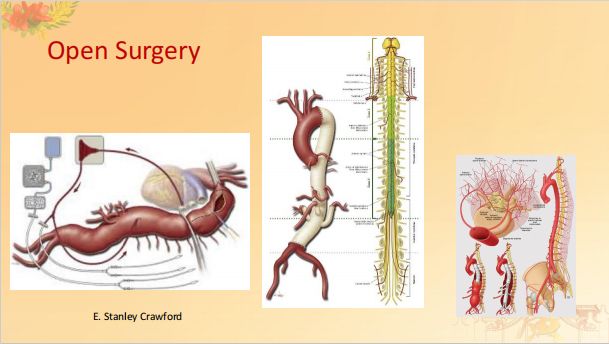
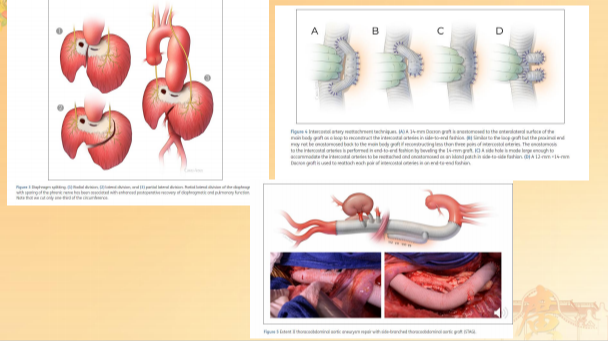
2. Endovascular Repair: Treatment with commercial stents or doctor-modified stents.


3. Hybrid surgery: Phased reconstruction of visceral blood vessels, followed by endovascular repair.
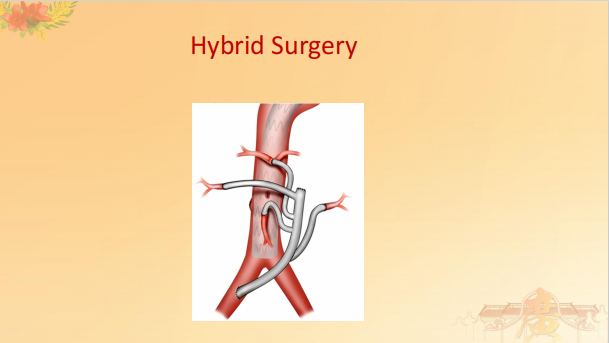
Technology & Strategy
01 Application of physician-modified stents
The Doctor's Modified Stent provides a flexible solution for complex anatomical structures in the following scenarios:
1.Anatomical abnormalities of the aortic branches.
2. Patients who need to reconstruct blood vessels in multiple organs.
Specific technologies include:
1.Fenestration of organ arteries using a custom-made stent.
2. Perform a chimney technique or branch design for a specific vascular branch.
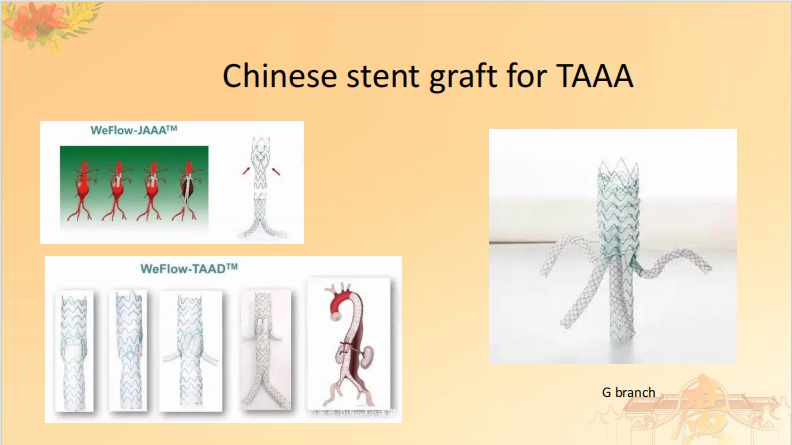
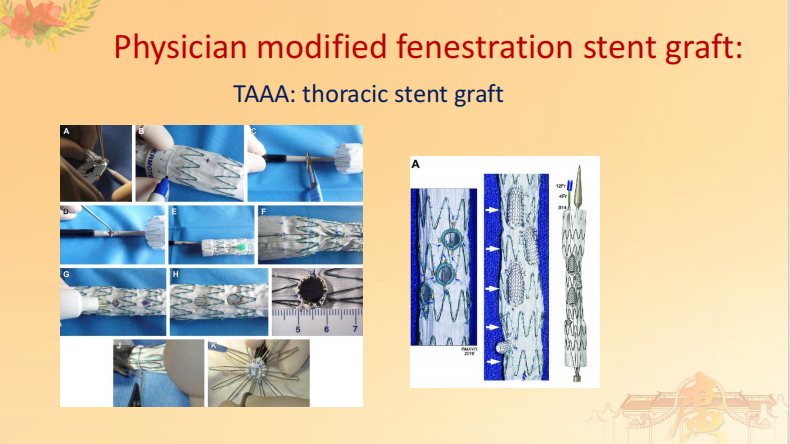
02 Optimization of endovascular repair technology
Accurately design the stent layout scheme under the guidance of CT images.
2. Dynamically monitor the postoperative stent position to avoid displacement or endoleakage.
03 Advantages of hybrid surgery Hybrid surgery is indicated for patients who are unable to undergo endovascular repair directly and routinely includes:
1.Phased surgery: first reconstruct the visceral blood vessels, and then endovascular repair is performed again.
2. Integrate open and endoluminal techniques to reduce surgical risks.
Case Study
Case 1: Chronic thoracic aortic dissection with abdominal aortic aneurysm
Patient: A 65-year-old man presented with CTA showing thoracic aortic dissection with an 8 cm abdominal aortic aneurysm.
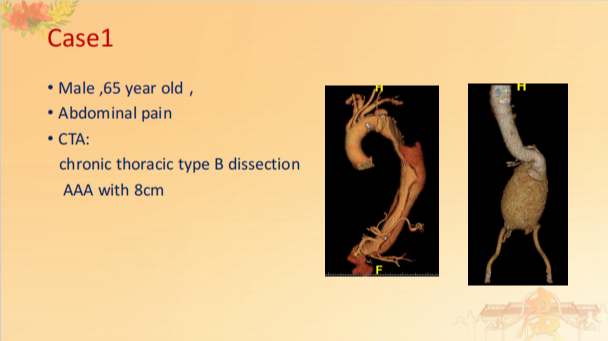
Treatment Options:
● Phase 1: Reconstruction of celiac artery and renal artery.
● Stage 2: Aortic dissection repair using a doctor's modified stent.
● Results: The postoperative follow-up showed that there was no endoleakage, and the patient recovered well.
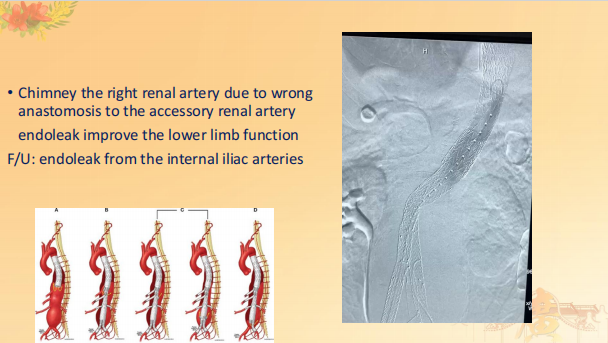
Case 2: Management of postoperative complications
Patient: A 50-year-old male who underwent endovascular repair for aortic dissection 20 years ago, and developed endoleak and renal artery stenosis after surgery.
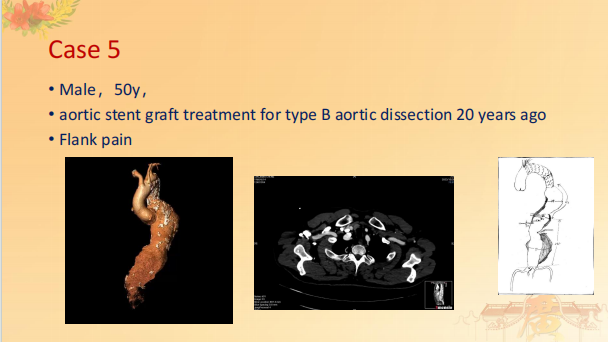
Treatment Options:
● Repair endoleak and reconstruct the renal artery using a commercial stent.
● Results: No recurrence of related symptoms during follow-up.
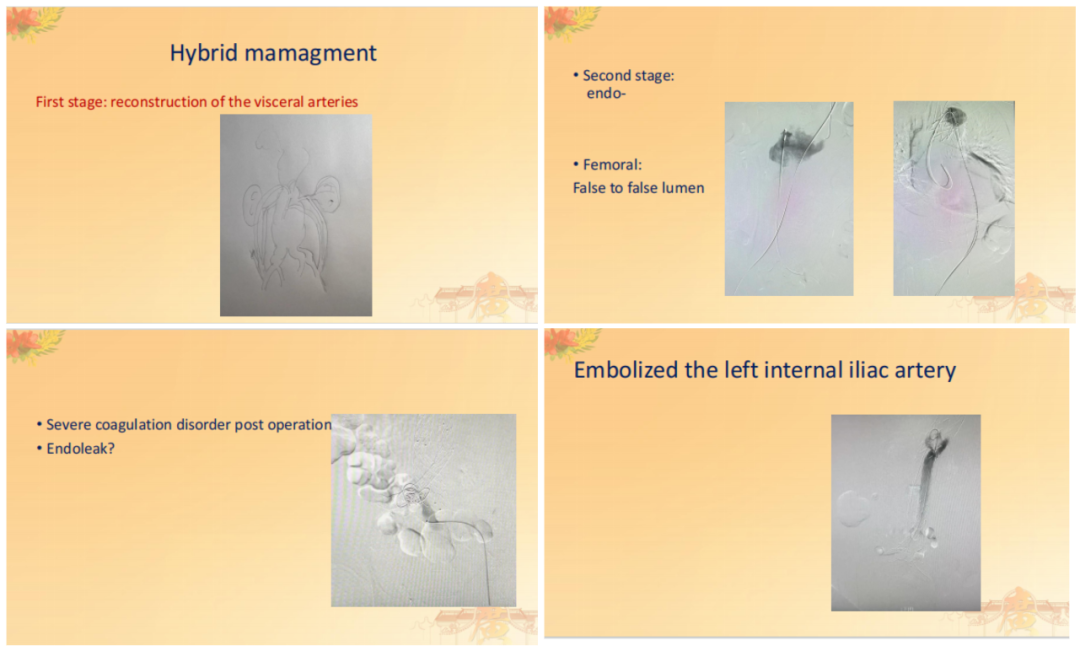
Summary and outlook
1.Precise and individualized treatment The treatment of TAAA should be based on the patient's anatomical characteristics and condition, and the most suitable regimen should be selected. Doctor-modified stents offer more possibilities for complex cases, but their production and operation require a high level of technical support.
2. Multidisciplinary collaboration Through close collaboration between imaging experts, vascular surgeons, and anesthesia teams, the success rate of complex cases has been significantly improved.
3. Future directions
● Optimize the material and design of the bracket to improve its adaptability and stability.
● Conduct large-scale prospective studies to validate the long-term effects of different strategies. Promote AI-assisted image analysis to further improve the accuracy of preoperative assessment.
